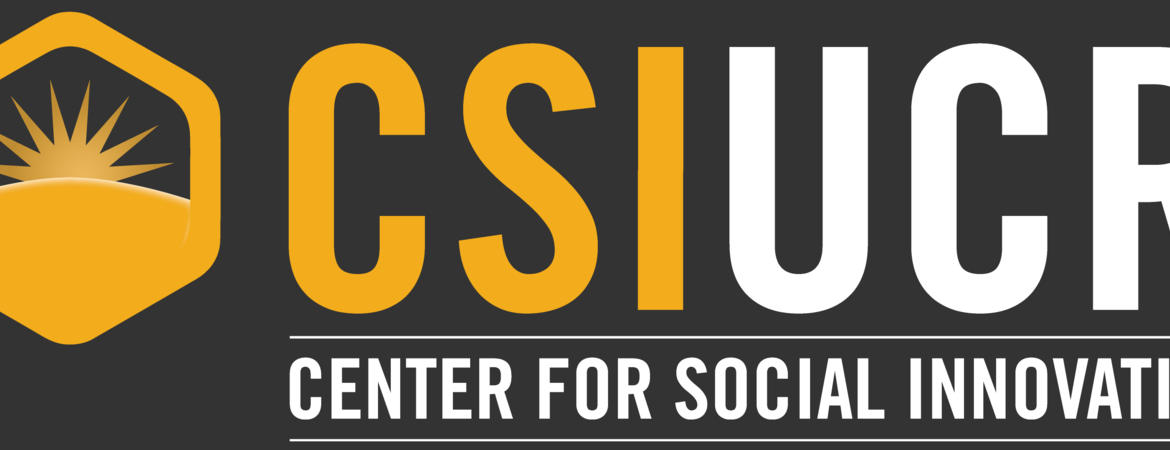Center for Social Innovation

Like many of you, we were heartbroken by the murder of George Floyd this past Memorial Day. Floyd’s murder—coming quickly on the heels of the killings of Ahmaud Arbery and Breonna Taylor, and the ominous incident involving Christian Cooper in Central Park—sent a tidal wave of sadness, pain, and anger through our communities, and especially so in Black communities.
The events of the past week have also strengthened our resolve. More than ever, we have a collective responsibility, to listen, learn, and support our Black leaders and community members. Racial equity is a core value in our work, and we resolve to use this time to deepen our partnerships and accelerate meaningful change in our communities.
Part of that meaningful change means ensuring that our public and private investments advance racial equity in leadership, employment, and community development. This is particularly critical for a region like the Inland Empire, where two-thirds of residents identify as people of color. Below are some resources that we hope are useful in the work ahead:
- Data and research showing significant racial inequities on various issues, and organizations generating valuable solutions
- Websites of our nonprofit partners serving Black/African American communities, including Community Health Action Network, Congregations Organized for Prophetic Engagement, Sigma Beta Xi, Starting Over, TruEvolution, and Youth Mentoring Action Network.
Our recent State of Nonprofits report features many of these organizations, and we commit to developing partnerships with more Black-led and Black-serving nonprofits in the months to come.
We are also expanding our partnership with Voice Media Ventures, to document the growth of Black-led enterprises in the Inland Empire. This builds on our prior work to diversify nonprofit leadership through the Douglass Washington Leadership Program.
As before, we approach our work through a framework of Data, Narrative, and Action. Consider the following data points in the Inland Empire:
- In 2018, African Americans had the highest poverty rates in the Inland Empire, at 18.7% when compared to non-Hispanic Whites at 10%
- Child and infant mortality rates are twice as high for African Americans in the region as for other racial groups
- For law enforcement use of force, the rate for Black residents is nearly four times as high as for Latinos in Riverside County, and three times as high in San Bernardino County
Changing these statistics will require us to lift up the narrative of Black leadership in our region, and take strategic action by growing investments in Black-led organizations. The latter is especially critical, as national research shows that Black-led organizations receive much less funding than White-led organizations that are similarly qualified, and working on similar issues.
We must do better. We look forward to working with you—our government, philanthropic, business, and community partners—to collectively build a stronger and more equitable future for our region.
Sincerely,
Karthick Ramakrishnan
Director, Center for Social Innovation